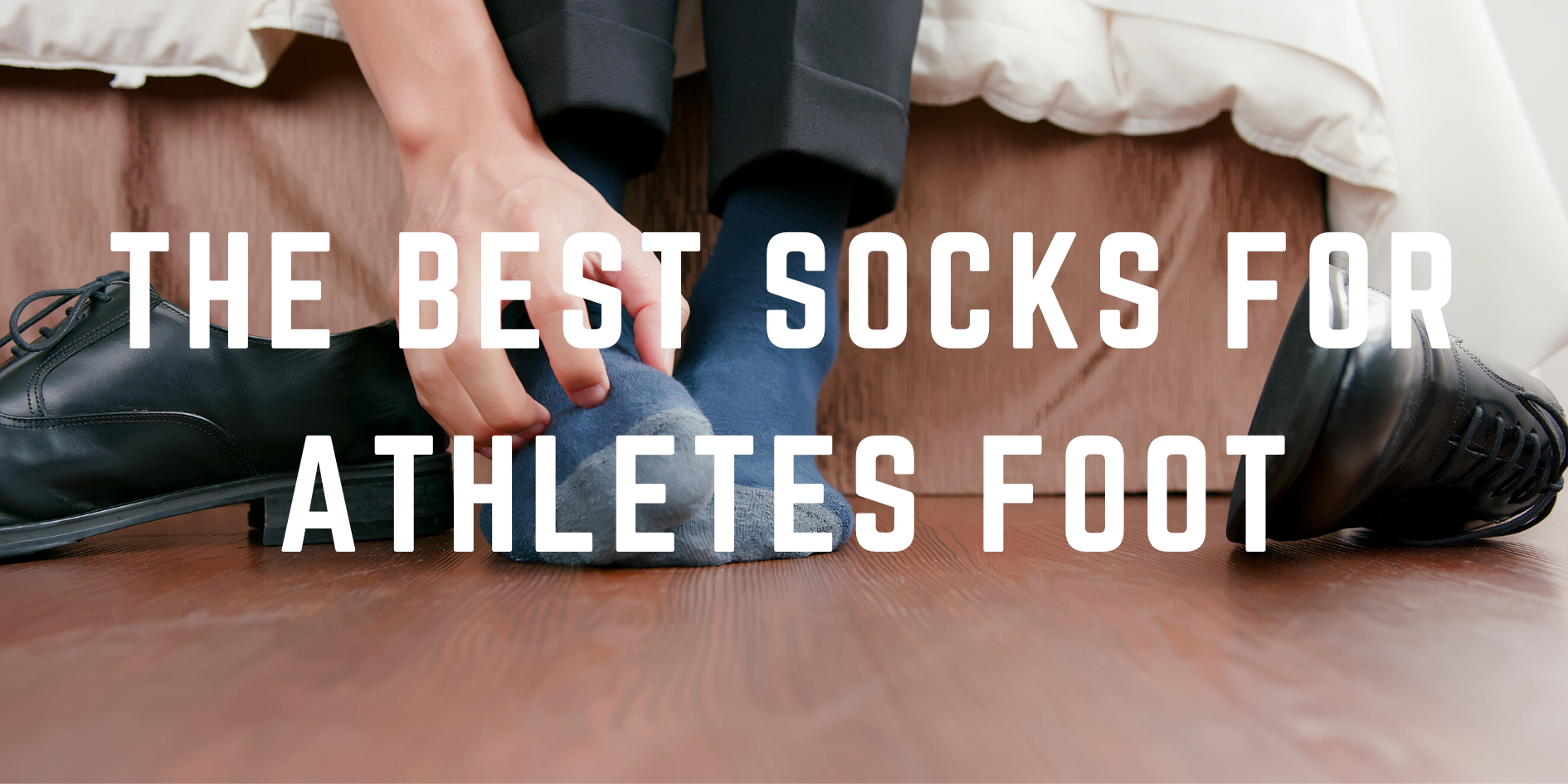The Best Socks for Athletes Foot
Athletes foot sucks, we know, but luckily there’s a lot you can do to treat and prevent athletes foot, other than chemical based creams. Find out what the best socks are for athletes foot as well as sock key features, materials and extra tips for success in battling the dreaded foot fungus.
Here at Creepers socks, we’re a foot-first sock company, making socks based on function, health and performance, first and foremost. We want your feet to feel amazing so we’ve packed this article full of as much tips and information we can to help you succeed in whichever socks choose to help you beat athletes foot. We’ll try not to let our bias toward our incredible socks show…
What is Athletes’ Foot?
Put simply, it’s a fungal infection. A fungus is a group of organisms that feed on organic matter and includes things you know like molds, mushrooms and even yeast (yes fungus can be useful too when it comes to brewing!).
This fungal infection of your feet can cause white and soggy skin between your toes and dry, flaky bottoms of your feet or redness cracks over your toes and all over your foot. Your skin will often be flaking, cracking or itchy.
And you know what? If you’ve got athlete’s foot, you’re not alone. 15-25% of people have it at any one time (that’s 1 in 4 people, right now!) and 70% of us will get it in our lifetime (1).
Can socks help with athlete’s foot?
Socks can play a key role in both treating and preventing athletes foot, so it’s important you choose the right kind of socks.
They thing to remember when choosing socks and shoes for fighting athletes’ foot? Fungus loves environments, (in this case feet) that are damp, moist and warm.
Knowing that, then we need to find the socks that are best at keeping your feet the opposite of that.
Socks that are best for preventing athletes foot should:
- Maximize airflow and breathability
- Have awesome moisture wicking absorption properties
- Include yarn that has a hydrophobic surface (feels dry on your skin)
Before we get to recommending the best socks for athletes foot below, let’s unpack the features you should be looking for.
Lightweight and Thin
Thick socks help trap humidity and moisture and don’t let your feet cool down as well when you’re exercising. Choosing socks that are thin and lightweight, helps let your feet regulate temperature better and evaporate sweat.
Breathable
Breathable fabric is keen and that comes down to design. Does the sock have ventilation? How fine is the stitch? We prefer socks with a mesh ventilation panel on the top of the foot, ideally close to the toes as well as an open stitch count (we use 144 stitch count).
Moisture wicking vs Absorption
It’s Not All About Moisture Wicking
Nope, moisture wicking is important but you also want a fabric that absorbs moisture and locks away sweat molecules. A sock that has a great combination of wicking and absorption, while also being fast drying is the key!
Moisture wicking is he action of moving moisture from one side of the sock (on your feet), through the sock fabric to the shoe side of the sock. It happens when there is excess moisture on one side of the fabric and less the other. This creates a gradient, where moisture is drawn through the fabric to then be evaporated away. This is awesome and takes some moisture away, assuming it is wetter on the inside of your sock, than the outside, but not all of it as it relies on the gradient. Fabrics that are good at this are coolmax, Nylon, Drimax for example and most often the best moisture wicking fabrics are a combination. The common trait is that they are hydrophobic (moisture repelling).

Moisture absorption is where the moisture is actively sucked into the sock fibers. These fibers are hydrophilic (moister absorbent). Rather than relying on a gradient in the right direction, these fibers actively draw moisture off the skin, into the fabric, actively keeping you skin dry. Some fibers are much better at this than others!
Cotton
Cotton is the moisture absorbing fibre used most in socks and it absorbs water well. It’s downfall is that as it absorbs water, the fabric stays wet against your skin, which doesn’t really help prevent a clammy environment or skin friction. Don’t go for cotton.
Wool
After cotton, wool is the next best at absorbing moisture but because of it’s double layer properties, it helps keep your skin dry and treat athletes foot so much better than cotton socks!

What’s better than wool?
Merino wool!
Merino wool has a finer/thinner diameter, leaving more room for air flow and increased surface area for moisture absorption. Merino wools real super power though is it’s ability to absorb up to three times it’s weight and still feel dry on the outside!
It does this through having an outer surface that is moisture repelling (hydrophobic) and an inner core that is moisture absorbing (hydrophilic). This lets wool suck water and sweat molecules into it’s inner core, while keeping the outer surface that it against your skin, feeling dry.
Is it itchy? Due to its small diameter, merino wool doesn't itch like coarse wool does so you lose the itchiness of wool but maintain the absorbent, moisture wicking and fast drying capabilities.

Fast drying
As well as great wicking and moisture absorption, we want the fabric to be able to dry fast by letting moisture evaporate away. Merino wool dries faster than both polyester and coolmax.
The Best Yarns?
Here’s your short answer: While synthetic fibers often wick moisture away better, merino wool absorbs moisture better for a dry-skin feel and dries faster. Don’t pick one or the other, for socks that keep your feet drier, for longer choose lightweight socks with a combination of merino wool and synthetic fibers.
Read more about Merino vs Coolmax comparison in our past article here and more about Merino Wool benefits here.
Sock shape and design
This is a big factor that’s often missed when looking for the best socks for athletes foot! The two most common socks shapes are your standard tube shaped sock that generally acts as liner between your foot and your shoes and then there’s toe socks which are shaped more like your natural foot shape.
What’s better? Toe socks or “normal” socks?
When it comes to athletes foot, toe socks have a big advantage over your funky foot fungus. Each toe is wrapped In a moisture-busting sleeve, giving your much more surface area to reduce moisture and importantly, less moisture between your toes.
Toe socks also let your toes splay and spread better for better airflow and reduced friction, whereas standard shaped socks work to hold your toes together.
The Best Socks for Athletes Foot
You simply need socks that are lightweight and breathable with a blend of merino yarn and, ideally separate toe sleeves.
Too see our list of the 5 best socks for athletes foot, check read our next article: The Top 5 Socks to Beat Athletes Foot


